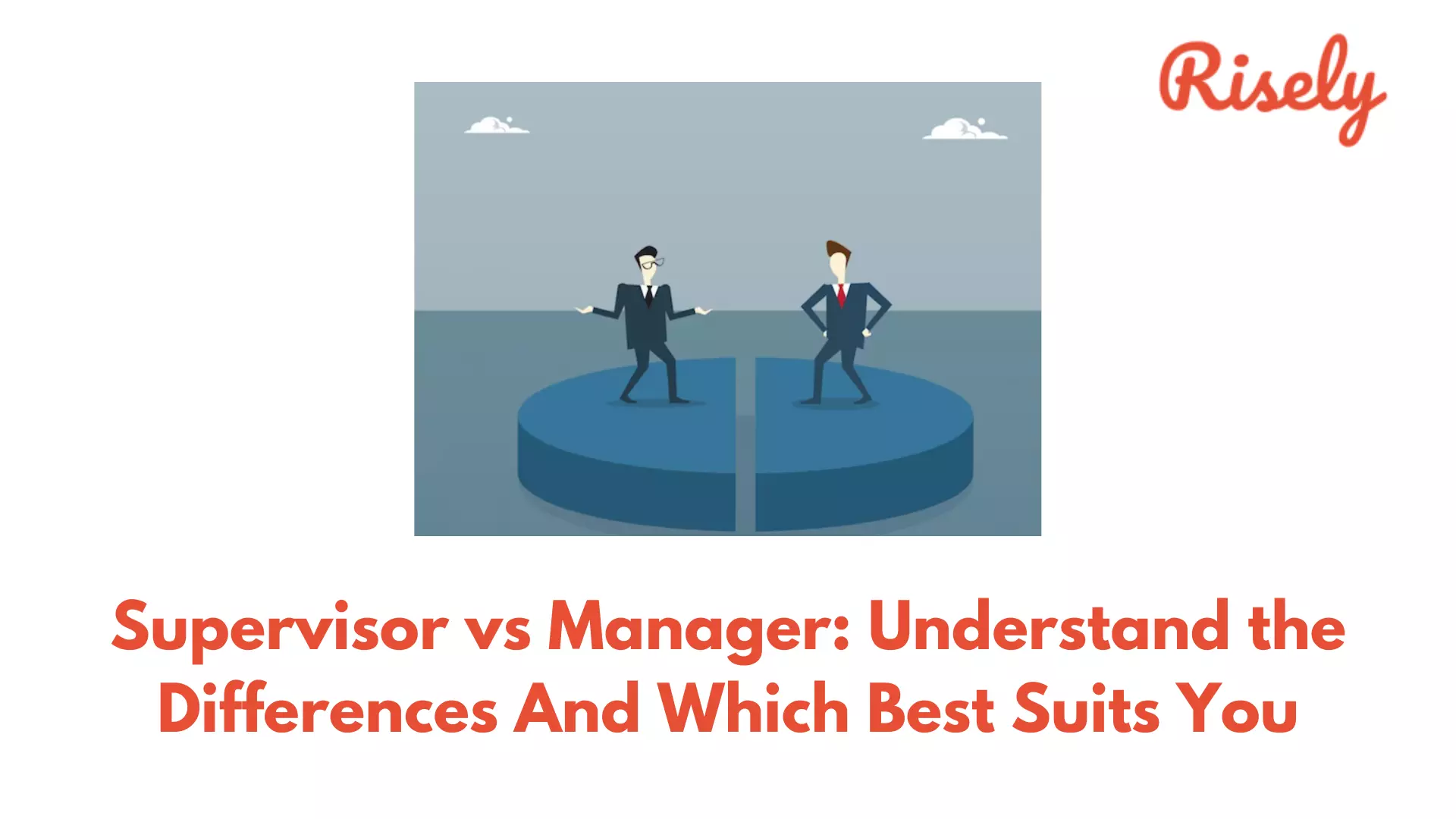What Is A Coercive Leadership Style? 5 Examples To Beat Common Mistakes
Has your manager ever threatened or intimidated you to get things done? Or have you seen a team member depressed and demotivated because of the manager’s aggressive behavior? Such leadership type is coercive and relies on fear, manipulation, and punishment to control team members. This approach could benefit short-term results, but it can adversely affect the team’s morale, productivity, and well-being in the longer run. So, how can you avoid falling into the trap of coercive leadership? What alternative leadership styles prioritize collaboration, communication, and respect? Let’s figure out!What Coercive Leadership Style?
Coercive leadership is about ordering and instructing instead of discussing and deliberating together. It marks a departure from the focus on collaboration typical of leaders. It demands immediate compliance from team members through threats, punishment, and other forms of intimidation. While this style can produce quick results, it can also lead to resentment, low morale, and decreased productivity. A study by the Hay Group found that executives are increasingly adopting what is referred to as a coercive “just do it” style; since 2005, this percentage has increased from 10% to 26% – pointing toward increasingly uncomfortable workplace environment. Instead, try incorporating other leadership styles, such as democratic leadership or transformational leadership, which can foster collaboration, innovation, and engagement among your team members. Using a combination of different leadership styles can create a positive and productive work environment for your team and mitigate harms coming from one in particular.Key Features of Coercive Power in Leadership
A coercive leadership style typically incorporates the following features. If you are wondering whether you are witnessing coercive power in leadership, start thinking along these lines.- Authoritarian Control: The leader exercises significant control over decision-making and expects compliance from team members. Decisions are made unilaterally, without seeking input or collaboration from the team.
- Rigid Hierarchy: The leadership structure is typically hierarchical, with clear lines of authority. Team members have limited autonomy, and decisions flow from the top down.
- Clear Direction and Expectations: The leader provides clear directives and expectations for tasks and projects. Coercive leaders often communicate explicitly, leaving little room for interpretation.
- Immediate Compliance: The focus is on quick and unquestioning compliance with instructions. The leader employs a transactional approach, rewarding compliance and punishing non-compliance.
Advantages and Disadvantages of the Coercive Style of Leadership
As a manager, it’s important to understand the advantages and disadvantages of different leadership styles, including the coercive style.Advantages of the Coercive Style of Leadership
- The coercive style produces quick results, as team members are expected to comply with your demands immediately.
- The use of punishment makes it clear to team members what is expected of them, which is be useful in crisis situations.
- The coercive style can be useful when there is a need to maintain order or enforce rules.
Disadvantages of the Coercive Style of Leadership
- The use of punishment or threats decreases team members’ motivation to work towards their shared goals, as they may feel forced to comply.
- Team members resent coercive tactics, leading to low morale and decreased productivity.
- The coercive style stifles creativity and innovation, as team members may be afraid to suggest new ideas or take risks.
- Coercion damages your relationship with your team members, making it harder to work together in the future.
Coercive Leadership Examples: How to Not Behave as a Manager?
As a manager, it’s important to recognize the different types of coercive behavior that can be present in leadership. Understanding these behaviors can help you avoid them and develop a more effective leadership style. Here are some common types of coercive behavior in leadership:Using threats of punishment or adverse consequences
“If you don’t meet the deadline, you’ll face severe consequences, including a negative performance review and potential job repercussions.”
Constantly putting out threats creates a hostile environment for your team. Imagine someone shouting doom at you multiple times a day. It’s annoying and significantly hurts employee morale, often impacting them personally. The anxiety of consequences can fuel other more significant health issues, too. Here’s what you should do instead:- Set up formal performance management and feedback systems. It will help your team define what good performance looks like and identify specific problems so that you can solve them together.
- Often, your team members may not know how to correct things. Even if they have identified the problems correctly, individual contributors need resources and guidance to get better than you as a manager can provide. Remember your role as a guide and work with them.
Aggressive or intimidating behavior
“I expect you all to work overtime this weekend, and anyone who refuses will have to deal with me directly. I won’t tolerate any excuses or pushback.”
Aggressive or intimidating behavior only serves to keep your team on their toes. It heavily hurts their psychological safety as the team does not have a relaxed and comfortable work environment. In addition to an apparent fall in productivity, such a manager will likely witness absenteeism and turnover due to the rampant lack of empathy. For creative teams, this is a death knell. Instead of adopting aggressive tactics, here’s what can help managers:- Understand the difference between being assertive and aggressive. While one helps establish you and your position, the other intimidates and scares people.
- Create an environment where people love to work. Understand their motivations and goals to align them with your team’s objectives. Creating a sense of ownership and purpose will help get work done without forcing anyone.
Bullying team members by making fun of them or singling them out for criticism
“Look at how John is struggling with the new software! Can’t believe someone here is so incompetent. Learn faster, or you’ll become a burden to the team.”
Bullying is among the behaviors that can make the worst impact in workplaces. It hurts employee morale significantly. The feeling of being singled out leaves people alone and unable to seek help when needed. Often, bully managers are among the perpetrators of hostile workplace cultures. Check the list of behaviors below to make sure that your behavior does not resemble bullying: Bullying managers and How to identify one? 10 signs Here are a few things to change:- Check your biases and implicit stereotypes that are making your actions hurtful. You can read more about cultural competence and managing diverse teams to build a more inclusive and respectful approach.
- Develop an empathetic attitude toward team members who are struggling. More often than not, we do not know people in totality. Adopt an open-minded approach to building meaningful relationships with people at work.
Making false promises or withholding information
“If you complete this project ahead of schedule, I’ll recommend you for a promotion.” (Knowing that there is no intention to follow through with the promise)
False promises are trust breakers. In a workplace context, false promises and lack of information are among the significant factors contributing to a lack of trust among managers and their teams. Often, these serve as impediments in workflows for the entire team. The lack of information also causes alienation among team members and leads to groupism. If your team feels like information is being withheld, here’s what you can do:- Focus on rebuilding trust. It includes sharing valuable information at the right time with everyone without creating barriers and differentiating among people.
- Overcommunicate to bridge the gap. Take some time to ensure that communication and feedback loops are in place, and when team members do not know something, they can ask questions.
Monitoring and controlling every aspect of team members’ work
“I want detailed daily progress reports from each team member, and no decisions should be made without my approval. I’ll be closely monitoring your every move to ensure compliance.”
It’s 1984. Not really; a workplace should never resemble the Orwellian world. Yet, it often does for teams under constant surveillance and micromanagement from their bosses. Such lack of autonomy hinders innovation big time, too. As a result, teams feel suffocated and stagnate over time. Here’s how you can change things up:- Set expectations clearly and openly. While doing so, ensure you trust your team and give them the freedom to work independently. Instead of micromanaging, set up systems to get regular updates and exchange feedback.
- Create an environment that motivates your team to get things done. It can include innovative approaches to goal-setting and attempts to foster creativity.

When Can Coercive Leadership Work?
Here’s the thing: there’s no one-size-fits-all for leadership. What works once may not work another time. And the same goes for a coercive approach to leadership. While it generally hurts in the long run, it can be significant when executed with care in some specific instances. Such as in times of immediate crisis or urgency, like a natural disaster or a sudden business threat. Or when there’s a need for straightforward and quick decisions, especially in situations with limited time for debate. During times of organizational crisis, such as financial instability or a significant setback, it can be the proper method to adopt. Melody Moore from the Hay Group has echoed the sentiment, while flagging concerns as well.The coercive style is extremely effective in a crisis, creating clarity about expectation and ensuring the correct actions are taken quickly. But a crisis is an event, not a prolonged state. Over-reliance on a coercive leadership style is unsustainable over the long term, eroding innovation and creativity among employees. It is therefore concerning to see a crisis mentality begin to take root in the leadership teams of the UK’s firms. Melody Moore, Consultant, Hay GroupAs a leader, remember to keep this in mind when you are stuck the next time – does the situation merit coercion, or are there kinder ways out there?
Conclusion
Coercive leadership may benefit in specific short-term scenarios but is not a sustainable leadership style. Practicing this style would lower employee morale, creativity, and productivity far outweigh any short-term gains. Therefore, the leader should not stick to this leadership style. Instead, to create a healthy work environment, leaders should build relationships with their team members, provide clear communication and guidance, and create an environment that fosters growth and development.Take Risely’s Free Micromanagement Self-assessment for managers to save your team today.
Check how strong your micromanagement habits are to avoid a coercive approach.
FAQs
What is an example of coercive leadership?
Is coercive leadership good?
What are examples of coercive style?
1. Using fear, threats, and punishments to motivate employees.
2. Making demands without explanation.
3. Not valuing employees’ input or opinions.
Other Related Blogs


